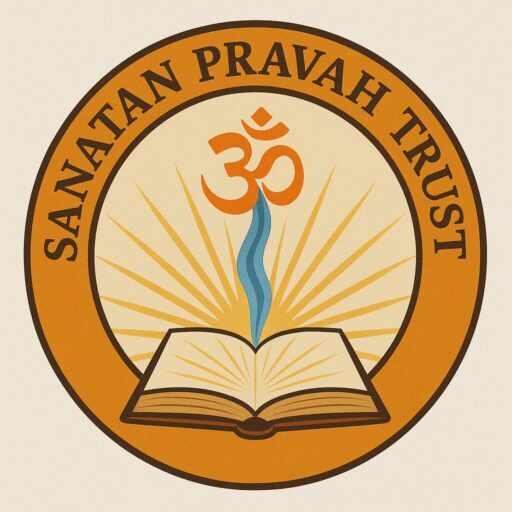Ashtang Yoga, a path to holistic life style…
Yoga is an invaluable heritage of Indian culture, which was codified by Maharishi Patanjali. “Ashtanga Yoga” described in Patanjali Yoga Sutra means – eight limbs of yoga, which lead a person to self-realization. It is not just physical exercise, but a complete path of mental, moral and spiritual advancement. The purpose of Ashtanga Yoga is – restraint of the tendencies of the mind, so that a person can attain salvation.
1. Yama (moral discipline):
Yama is the first part of Ashtanga Yoga, which is related to the social conduct of a person. It is of five types:
Ahimsa – not to do violence to any living being.
Satya – Truthfulness in thought, speech and action.
Asteya – not to steal or misuse someone’s property.
Brahmacharya – to control the senses.
Aparigraha – not to collect unnecessary things.
Yama teaches us social responsibility and moral conduct.
2. Niyama (Personal Discipline):
Niyamas are related to self-control and personal life of a person. These are also of five types:
Shauch – Purity of body and mind.
Santosh – Being content in the present.
Tapas – Patience and self-control even in difficulties.
Swadhyaya – Study of religious scriptures and self-reflection.
Ishwar Pranidhan – Faith and surrender to God.
Niyamas are the first step towards self-development.
3.Asana (Physical Exercise):
Asanas are the means of making the body healthy, stable and strong. According to Patanjali, “Sthira Sukhamasanam” – the posture which is stable and comfortable. In the modern era, the importance of yogasanas has increased, because they are helpful in problems like stress, obesity, diabetes, high blood pressure etc. Asanas circulate energy in the body and create a favorable condition for meditation.
4. Pranayama (Breath Control):
Pranayama means – control of prana (life energy). It controls the speed of breathing and creates mental and physical balance. It has four main stages – Purak (inhalation), Kumbhak (holding), Rechak (exhalation), and Shunyaka. Pranayama reduces stress, purifies the mind and prepares the mind for meditation.
5. Pratyahara (Sense Restraint):
Pratyahara means to turn the senses inward by withdrawing them from external objects. This is the first serious step towards meditation, where the practitioner controls his senses and focuses the mind inwardly. In today’s digital age, where the senses are entangled in external attractions, Pratyahara is very much needed.
6. Dharana (Concentration):
Dharana is the state when the mind becomes stable on a single subject or object. It is the practice of concentrating the mind on one point, such as focusing on a mantra, idol, light, or breath. Dharana reduces the restlessness of the mind and paves the way for meditation.
7. Dhyana (Meditation):
Dhyana is a refined form of Dharana. In this, the practitioner continuously focuses on that one point, due to which gradually the sense of ‘doer’ starts ending. Meditation leads to mental peace, self-reflection and self-knowledge. It is the remedy to remove all mental disorders.
8. Samadhi (ultimate state):
Samadhi is the last and highest stage of Ashtanga Yoga. It is the state where the seeker experiences complete unity between the soul and the Supreme Being.
This is the Nirvikalp state – where thoughts, ego and duality are erased. Moksha is attained only in the state of Samadhi. Ashtanga Yoga is a way of life not only for seekers but for every human being. It establishes the unity of mind, body and soul. In today’s fast-paced world, where mental stress and imbalance have become common, Ashtanga Yoga provides a permanent solution. If a person practices it regularly, not only can he get a better health, but can also move towards self-knowledge and peace.
